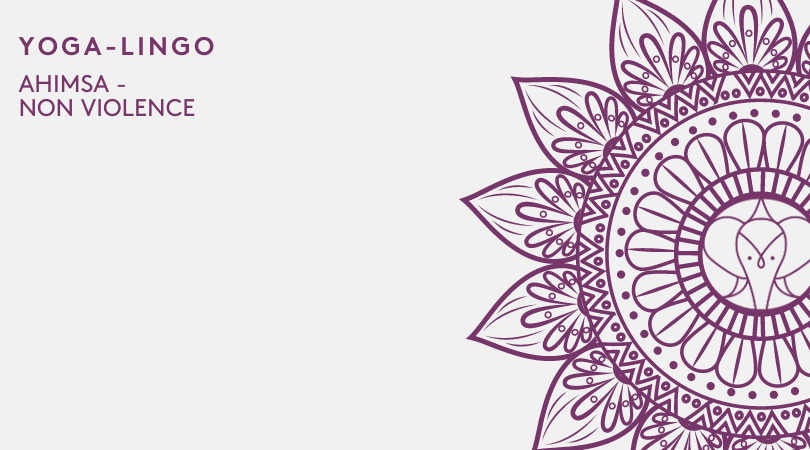Essential Yoga Poses for Beginners
When just starting yoga, you may be tempted to leap right into the most visually impressive postures and try to impress your friends with the scorpion or the peacock pose.
However, you will only hurt yourself if you don’t know what you’re doing.
There are yoga poses for beginners because you need to build strength, flexibility, and balance while learning the practice fundamentals. Once you have mastered these beginner yoga poses, you can slowly work your way up to the more advanced ones.
This post will go through some of the best yoga poses for beginners. We’re going to take a slightly different tack here. Instead of focusing on how to perform each pose, we will go through pointers for each to ensure that you are getting it right.
We suggest signing up for a class so that you can learn the perfect technique from the start. If classes are not an option, we recommend looking for an online yoga program for beginners. It’s important to ensure you get the pose right by looking at pictures online.
Choose a class or video offering a complete beginner yoga sequence of some basic yoga poses.
Types of Poses
Standing Yoga Poses
These poses require the most work, so you are bound to find them the hardest. Most classes will start with standing yoga poses for beginners to help them limber. Depending on your learning style, you might do several long sequences in a row.
Balancing Poses
Balance is one of the most critical aspects of building core strength. You’ll need to have a solid core to perform some of the more challenging poses. Again, these are difficult initially but become much easier with practice.
Backbends
These are more challenging and might feel uncomfortable. There is also a possibility of hurting yourself if you don’t get the form right and are not warmed up enough. An instructor is highly recommended here – you can learn without risking injury.
Seated Poses
These are stretches that you’ll perform from a seated position. This is normally done once you’ve warmed up well or towards the end of the session. If you find any of them uncomfortable, try folding a towel into quarters or using a block. Place these under your neck, lower back, or other locations to help improve your comfort.
Supine or Resting Poses
Resting postures don’t get all the press that the more popular ones, like Downward Facing Dog, do. Still, they’re essential yoga poses for beginners. These postures can help relax the muscles. If you feel you need a break, these will allow you to continue passively stretching your muscles.
Beginner Yoga Poses
As you try each pose, go slow and listen to your body. You should feel a pleasant stretch but stop if you feel pain.
Mountain Pose

Another standing posture, this is another essential one to learn. Here the proper alignment is crucial. You should imagine a string holding your body in a straight line. This should extend from the top of your head to your heels. You’ll need to tuck in the pelvis and check your shoulders. Focus on keeping the weight on your heels and make sure that your shoulders are relaxed and not rounded.
Warrior I
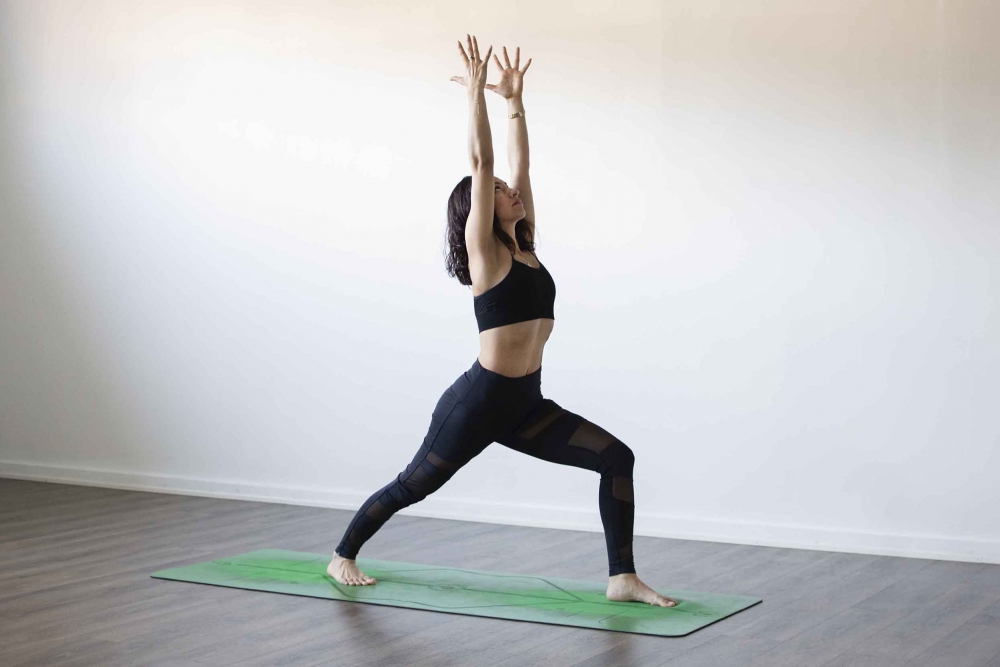
There is only one main tip to remember with this standing posture: you must keep your hips facing forward. Line up the hips so that they are parallel to the front of the mat. You might need to place your feet wider apart to make this happen.
Warrior II

This standing posture is completely different from the previous one. In this case, you are going to point your hips to the side. You’ll usually move from Warrior I into this one. You’ll need to keep your shoulders and hips limber and open to your side.
You’ll have to rotate your rear foot so that your toes are out at a 45-degree angle. With both poses, bend at the knee and ensure that your thigh is parallel to the floor.
Extended Side Angle

To keep your shoulders open here, you can place your forearm against the thigh instead of putting your hand on the floor. Getting this correct is essential, or you won’t be able to keep your torso in the right position.
Triangle Pose

This is a slightly more difficult yoga pose for beginners. If you’re not able to touch the floor, put a yoga block there and aim for that instead. You can safely rest your hand against your leg as long as you don’t put it on your knee. If you’re finding that it is still difficult, you can bend slightly at the knees to help ease the pressure on the hamstrings.
Cat-Cow Stretch
.jpg)

This is the first of the backbend poses that we’ll be dealing with. You’ll get to stretch and then flex the spine. This helps to improve mobility and keep the spinal column properly aligned. If you battle with back pain, this is a good pose to learn.
Staff Pose
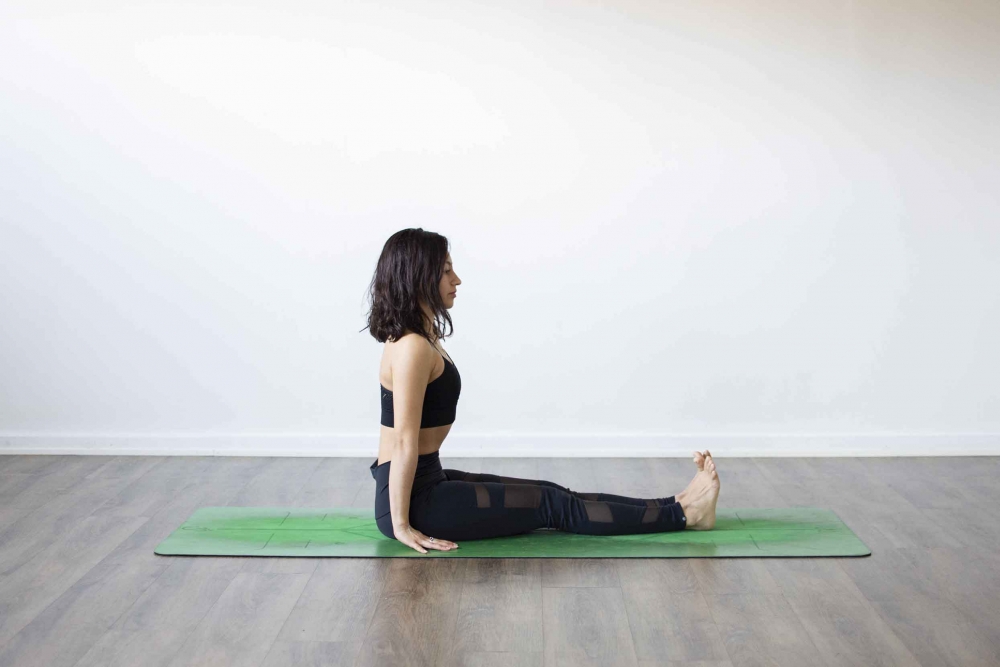
This seated pose is similar in function to the mountain pose. If you’re finding the standing poses too difficult, this makes a good alternative. If you find that you can’t sit directly on the floor, fold your towel into quarters and sit on that. Normally this posture will be followed by a forward bend.
Cobbler’s Pose

This is another one that is seated. You can let gravity do a lot of the work for you here. This is a brilliant option if you want to stretch your inner thighs. Again, if you don’t find it easy to go all the way to the floor, a block or towel can be useful.
Remember to concentrate on the stretch. This means keeping the knees down a little and making sure your legs are relaxed. You could put a block or towel under each knee so that they’re supported. That way, the focus is on the stretch.
Child’s Pose
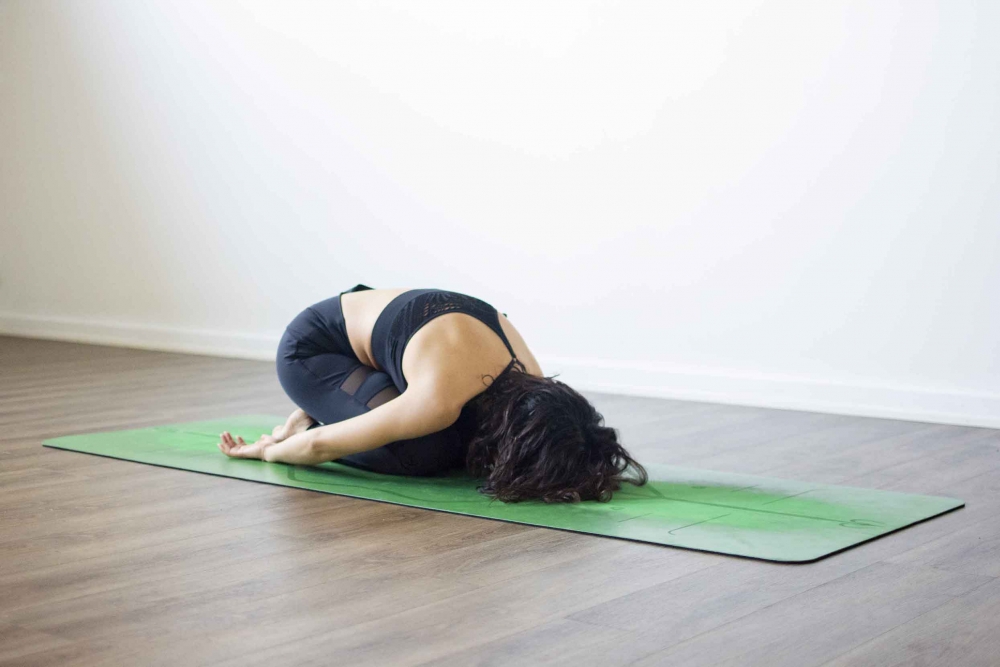
This resting pose should be one of the first yoga poses for beginners that you learn. If you’re feeling tired during class, adopt this pose. That way, you can get the break that you need without letting your muscles cool down too much. Just start up with the class again as soon as you feel able.
Bridge Pose
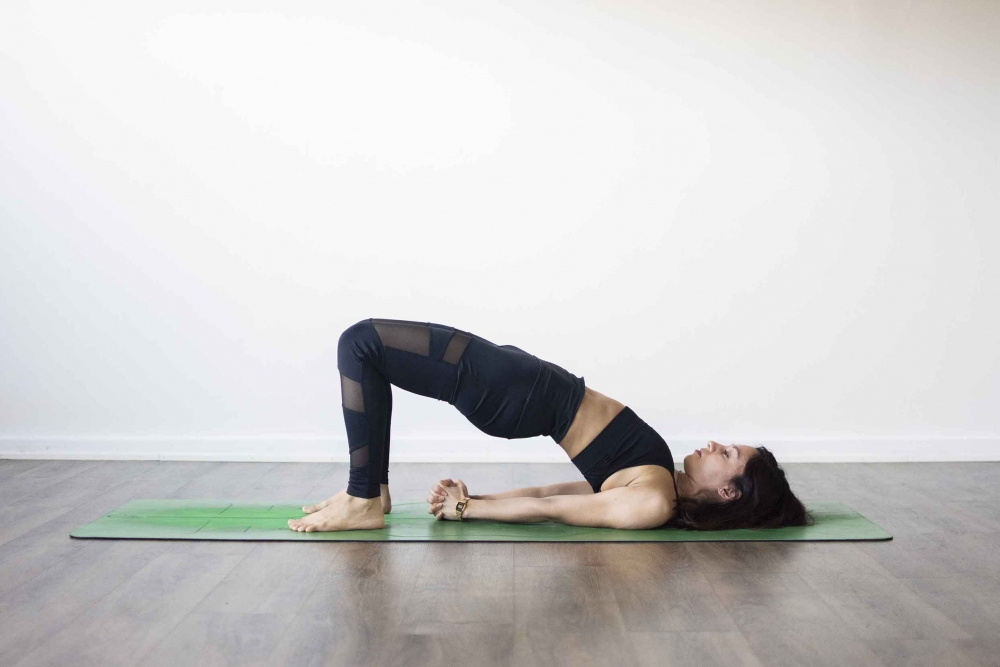
This is one of the gentler backbends. It’s good for offsetting the negative effects of sitting all day. It will keep your spine supple and help you maintain better posture.
Cobra Pose

This is usually performed a few times during a session. You can vary the depth of this backbend posture to help improve your workout. You can do the full cobra to stretch the back completely or build strength using a low cobra.
A low cobra is simply the cobra pose without pushing up with your hands. Whichever way you choose to proceed, make sure that your pelvis is properly anchored before lifting your shoulders.
Corpse Pose
.jpg)
This is a supine or resting pose that’s usually the final pose of the class. It helps the body to cool down and move out of exercise mode.
Easy Pose

If you’re worried about sitting cross-legged, this pose might seem intimidating. You can, however, use props to make you more comfortable here. This is a great option for those who have to sit behind a desk all day.
Garland Pose

Unless you’re something of a gym bunny, squatting is not something that you’ll often do. This is a pity because it is very helpful when it comes to opening up the hips and stretching the pelvic muscles. Oddly enough, it is also good for your feet.
Half Forward Bend
.jpg)
This will often be incorporated into a sun salutation sequence. This can be both a good thing and a bad thing. It’s good because it’s a beneficial stretch. It’s bad because most people rush through the sun salutation.
Considering practicing this on its own at home. If you want to be sure that you are in the right position, check a mirror. It might also be helpful to make sure that your hands are not in touch with the ground at all. It will also help to lift your knees as high as you can – you need your back to be as flat as a board.
Half Lord of the Fishes Pose

We’re just going to say it – this one’s fun to learn just for the name. Jokes aside, this is a type of twist that will improve the mobility of your spine. It’s also great for toning the digestive tract. If you battle with constipation, this is a good one to practice.
Some people find that bending a leg behind them is uncomfortable. If this is the case for you, you can stretch your leg out instead.
Happy Baby Pose
.jpg)
The name says it all. This is another option that’s used to close off a session. You do want to exert some effort here in bringing your feet towards your armpits so that you get a great stretch. You don’t want to go overboard, though. Your tailbone should always be on the ground.
Head to Knee Pose

If you have a job where you’re seated all day, your hamstrings are probably tight. This can make this pose harder. If you want to make things a little simpler, try stretching one leg and then the other instead of both together.
Low Lunge
.jpg)
When lunging, you must focus on proper alignment. Your knee should be directly above your ankle, not ahead of it and not behind it. Your thigh should be parallel to the floor. It’s also important to make sure that your hips are level. This helps to keep the back leg engaged.
Plank Pose
This is all about improving your core strength. It’s a balancing option that will help you to improve your overall practice. It helps to improve stability and stamina at the same time.
Pyramid Pose
.jpg)
This is another one where a block can come in handy. Put one block on each side of your foot so that reaching the floor easier. You’ll still get a great stretch but won’t strain as much.
Raised Hands Pose
.jpg)
This is an extension of the mountain pose. With this pose, you increase the stretch in your arms. It’s a great warm-up move.
Seated Forward Bend
 (kopia).jpg)
It seems that we’ve focused a lot of our attention on hamstring stretches. This is because the hamstrings suffer the most when it comes to a sedentary lifestyle. This posture will help you give your hamstrings a good stretch while also keeping your back limber.
Seated Wide Angle Straddle

This gives a different type of stretch for the inner thighs. Most people assume that the goal is to get your chest to touch the floor. While you may be able to do this eventually, it’s not realistic for a beginner.
Focus instead on getting the motion correct. Your back must be flat, and you should bend from the pelvis instead of the spine. Keep your feet flexed at all times. As long as you do the pose correctly, it makes no difference how far forward you can bend.
Supine Spinal Twist

This is another passive twist that is often used to close off a session. That said, you can just as easily use it in the beginning as in the end. You can choose the position that best suits you when it comes to your legs. Bend both of them, or straighten one and grab hold of your foot.
Alternatively, as you start getting more advanced, you can twist both legs so that the outer hips get a full stretch.
Wrapping It Up
That should give you more than enough postures to practice yoga at home for beginners. Remember at all times that it’s a lot more important to get the posture right than to push yourself to stretch too fast. Take your time – yoga is complex. Once you get the basics down, though, you’ll never look back.






